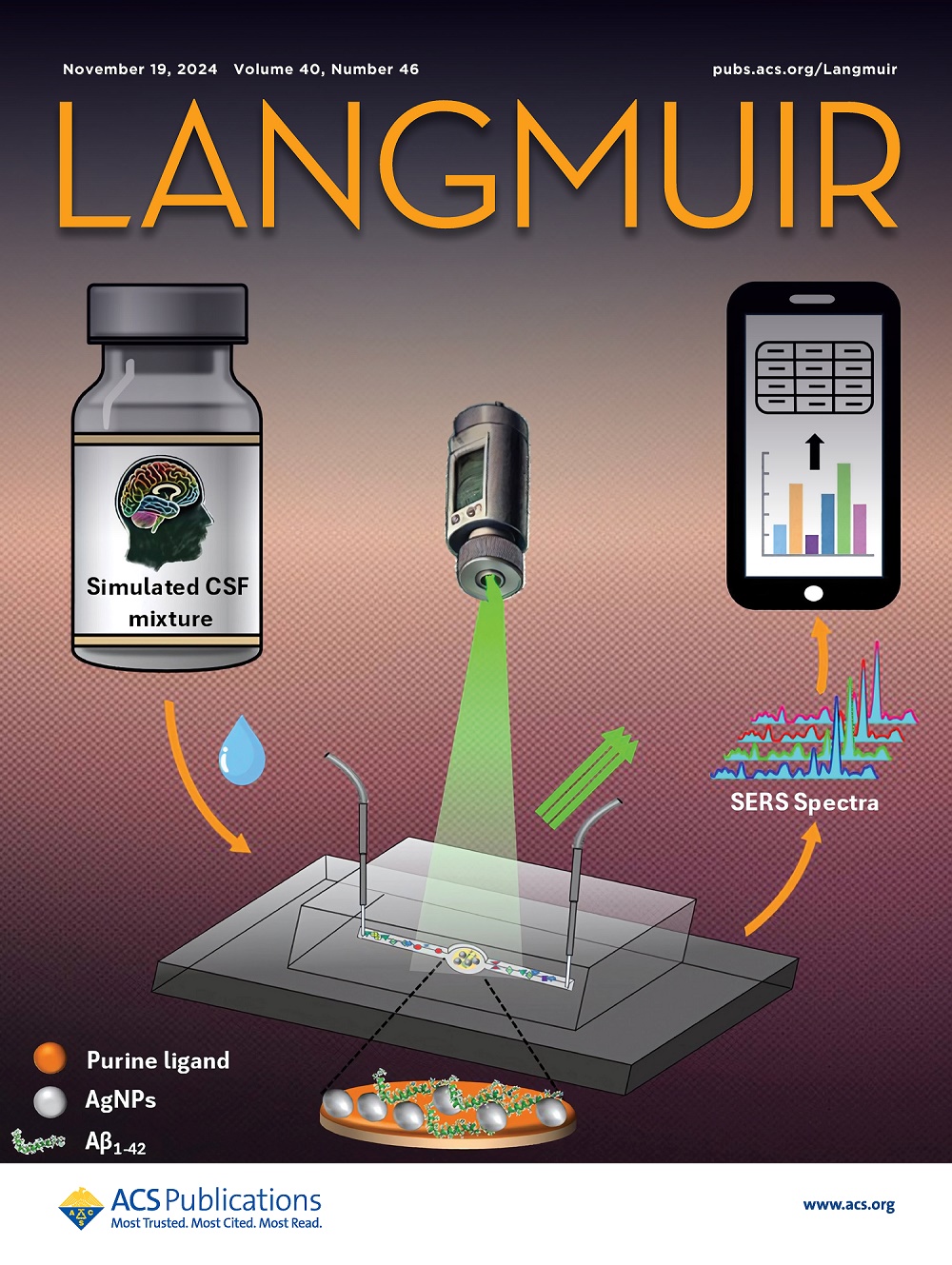IF 3.7
2区 化学
Q2 CHEMISTRY, MULTIDISCIPLINARY
引用次数: 0
摘要
采用有限平面快速蒸发法在玻璃基底上合成了两种TiO2反蛋白石薄膜(F-TiO2-IOF和CO-TiO2-IOF),该方法省时、省试剂,且易于控制其形状。与 F-TiO2-IOF 相比,CO-TiO2-IOF 显示出更平滑的形貌、更好的光催化效率和稳定性。在 IOF 改性的微反应器中,5 mg L-1 的罗丹明 B (RhB) 在 120 秒内降解了 95% 以上。在 H2O2 和 CO-TiO2-IOF 的协同催化作用下,光催化效率更高,在此基础上,IOF 改性光催化微反应器与紫外可见分光光度计的流动池集成,可在 2 分钟内实现 RhB 的在线监测。CO-TiO2-IOF 改性微反应器还降解了其他含氮染料,如酒石酸和靛胭脂红,降解率达 83-95%。本文章由计算机程序翻译,如有差异,请以英文原文为准。

Fabrication of a TiO2 Inverse Opal Film-Modified Photocatalytic Microreactor for Highly Efficient Degradation of Dyes
Two TiO2 inverse opal films (F-TiO2-IOF and CO-TiO2-IOF) were synthesized on glass substrates by a limited planar rapid evaporation method, which was time- and reagent-saving, and it was easy to control their shape. The CO-TiO2-IOF displayed a smoother mophology and better photocatalytic efficiency and stability than F-TiO2-IOF. Over 95% of 5 mg L–1 rhodamine B (RhB) was degraded within 120 s in the IOF-modified microreactors. A higher photocatalytic efficiency could be achieved with the synergistic catalysis of H2O2 and CO-TiO2-IOF, based on which the online monitoring of RhB was realized within 2 min in the IOF-modified photocatalytic microreactor integrated with the flow cell of a UV–vis spectrophotometer. Other nitrogen-containing dyes like tartrazine and indigo carmine were also degraded in CO-TiO2-IOF-modified microreactors with degradation rates of 83–95%.
求助全文
通过发布文献求助,成功后即可免费获取论文全文。
去求助
来源期刊

Langmuir
化学-材料科学:综合
CiteScore
6.50
自引率
10.30%
发文量
1464
审稿时长
2.1 months
期刊介绍:
Langmuir is an interdisciplinary journal publishing articles in the following subject categories:
Colloids: surfactants and self-assembly, dispersions, emulsions, foams
Interfaces: adsorption, reactions, films, forces
Biological Interfaces: biocolloids, biomolecular and biomimetic materials
Materials: nano- and mesostructured materials, polymers, gels, liquid crystals
Electrochemistry: interfacial charge transfer, charge transport, electrocatalysis, electrokinetic phenomena, bioelectrochemistry
Devices and Applications: sensors, fluidics, patterning, catalysis, photonic crystals
However, when high-impact, original work is submitted that does not fit within the above categories, decisions to accept or decline such papers will be based on one criteria: What Would Irving Do?
Langmuir ranks #2 in citations out of 136 journals in the category of Physical Chemistry with 113,157 total citations. The journal received an Impact Factor of 4.384*.
This journal is also indexed in the categories of Materials Science (ranked #1) and Multidisciplinary Chemistry (ranked #5).
 求助内容:
求助内容: 应助结果提醒方式:
应助结果提醒方式:


